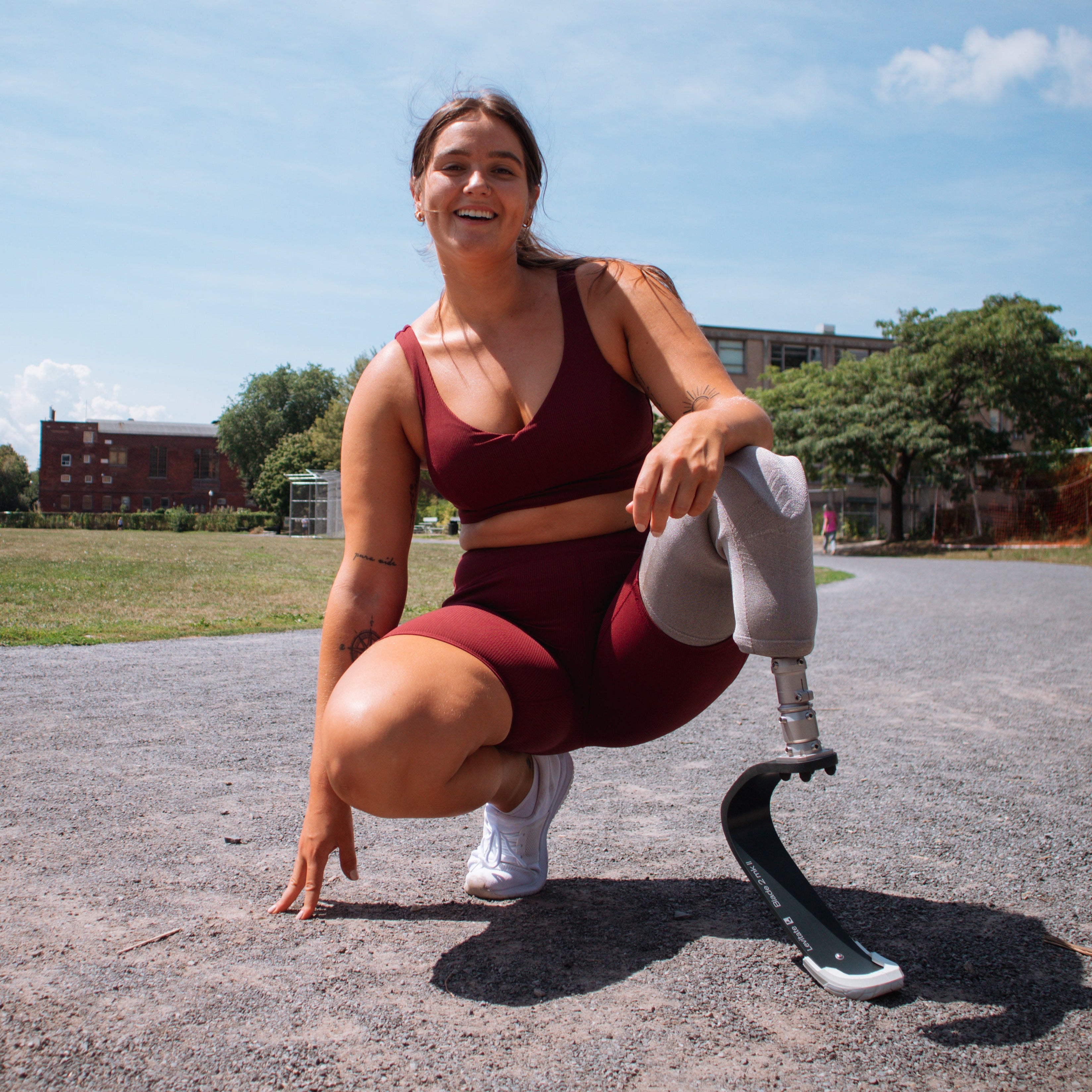

FOREVER
A high-activity hybrid foot series built for K3 and K4 users.

BLADE
A running blade designed for everyone, not just elite athletes.

Are you a Professional? Learn more about Levitate and our prosthetics.





A high-activity hybrid foot series built for K3 and K4 users.

A running blade designed for everyone, not just elite athletes.

